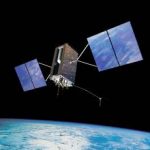Munich Hot Licks: Satellite Navigation 2018
This year’s Munich Satellite Navigation Summit featured pointed debates on high accuracy, integrity and authentication, exploring the trade-off between GNSS performance and security. And, as usual, there were some new products and systems looking to make a splash.
By Peter Gutierrez













